The Ivory Gull is one of the world’s most elusive birds. Few have heard of it and even fewer have seen one. In the Arctic's vast icy landscape, it navigates challenges few other species face.
The Ivory Gull is not as widely known as its southern counterparts, but its story is just as captivating.
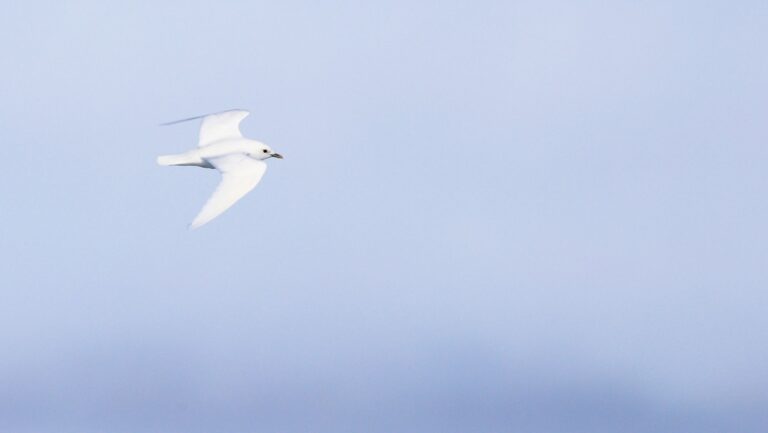
Arctic Norway is one of the few places in the world where this graceful white bird can be observed, and determined birdwatchers will spend fortunes for a chance at seeing one.
Beyond this unusual bird’s simple beauty lies a tale of survival and adaptation to some of the world's harshest climates. Are you ready to uncover the mysteries of the Ivory Gull and discover one of the most remarkable birds in Norway? Let's dive in to discover its secrets.
Understanding the Ivory Gull
Immaculately white, graceful and elusive: the Ivory Gull is a sight to behold. You may have never heard of this bird because its preferred area is so remote, but it has fascinated birdwatchers and biologists alike for centuries.
Natives of the high Arctic have probably known about the Ivory Gull forever, but as far as Europeans are concerned, the bird was first discovered in 1609 by British whaler Jonas Poole.
The sheer remoteness of its habitat means that the Ivory Gull remains, to this day, one of the world’s least understood birds.
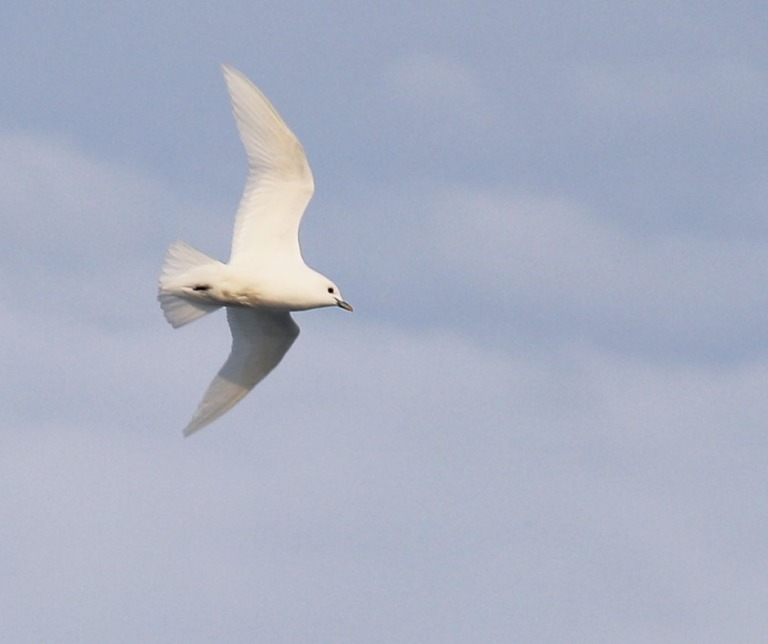
Understanding bird species usually starts with observing them in their nesting grounds, and attempting to estimate their numbers. For the Ivory Gull, this is extremely difficult since the bird lives almost exclusively in some of the world’s most remote and difficult to access areas.
The Ivory Gull nests in the northern parts of Greenland and Russia, in Svalbard and on the north coasts of Canada’s northernmost islands such as Devon and Ellesmere. When it’s not nesting, it roams the Arctic sea ice in search of food.
The Ivory Gull’s harsh existence
Few habitats in the world are as harsh and unforgiving as the frozen North. For the Ivory Gull, this means eating whatever it can get its hands (or its bill?) on.
Ivory Gulls gulls are both hunters and scavengers. When they are not fishing for tiny polar cod or small shellfish, they follow polar bears and arctic foxes around to feast on their leftovers.
Because they spend most of their lives in sea ice-covered areas, Ivory Gulls are particularly vulnerable to the impacts of global warming.
The Arctic has always suffered disproportionately from the effects of climate change, and warmer waters mean less sea ice and a loss of habitat for the animals that depend on it.
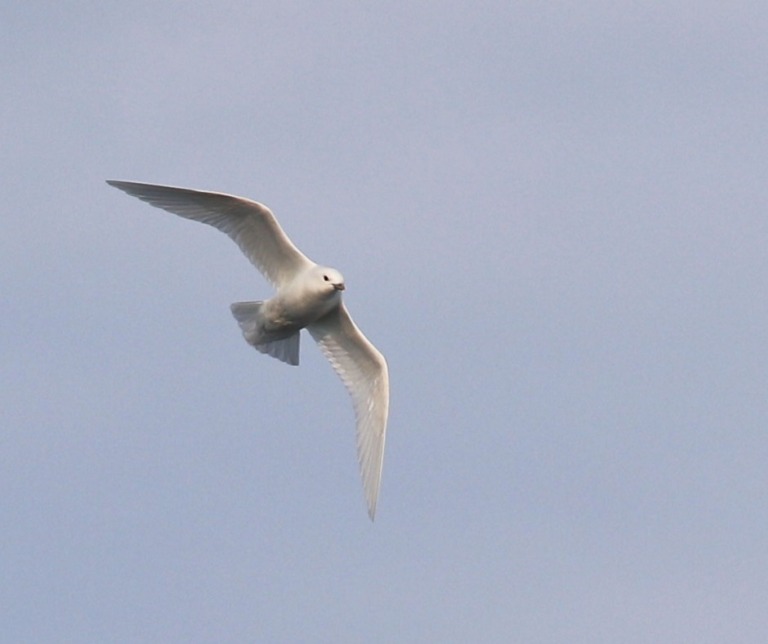
Between 2009 and 2019, their numbers are estimated to have fallen by 30%. They are classified as “Near Threatened” by the International Union for Conservation of Nature.
Observing the Ivory Gull from a ship
In the summer of 2023, I was lucky enough to travel on a Norwegian research icebreaker in Ivory Gull country. I must shamefully admit that I was totally unaware of the bird’s existence until the morning of my first sighting, when a colleague pointed one out to me.
The previous night, about half the scientists aboard had seen a polar bear come very close to the ship. Unfortunately, it was 2 AM and I was sound asleep in my bed.
Christian, a German member of the science crew, also missed the polar bear. As we were commiserating over our shared lack of polar bear-luck, he pointed out a seabird and commented on how some people spent fortunes for a chance at glimpsing one.
The bird was completely white and seemed a bit smaller than most seagulls I had observed until then. It was seagull-shaped, but more graceful, flying lightly and changing directions in an agile, seemingly effortless way.
I spent enough time on the deck to get a few good shots, and even caught a whole group of them relaxing in front of the ship.
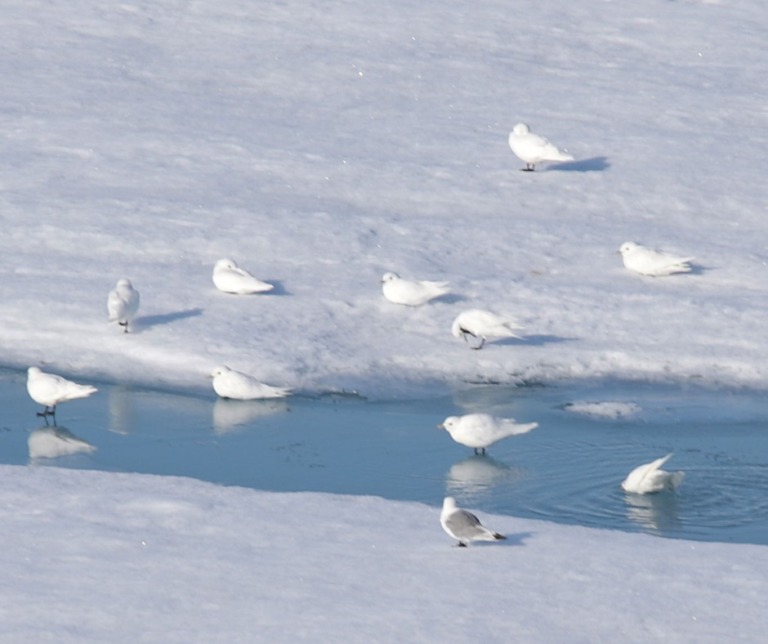
For the entire period of time that we were off the coast of northeastern Greenland, Ivory Gulls could be seen flying by or around the ship.
And in case you were curious: our polar bear luck did turn eventually and we observed not one but two individuals coming very close to the ship.
Finding the Ivory Gull in Norway
Ivory Gull-specific tours do exist out of Svalbard, and you may also get lucky and observe the bird on another more general wildlife tour.
Ivory Gulls nest in June-July and leave their colonies in late August, early September, so they may be observed in and around Svalbard during those periods.
Small groups appear regularly in Svalbard settlements, often at rubbish dumps or at sewage outlets. They are also often observed following ships (as was the case this summer for us) around in sea ice-covered areas.
Another sure-fire way to observe Ivory Gulls would be to fork out a small fortune for a spot on French ice-breaking cruise ship Le Commandant Charcot, for one of its trips to the North Pole. Be warned though: the journey may be unforgettable but prices are eye-watering.
An Ivory Gull in Chicago
If you’re extremely lucky, you might be able to observe an Ivory Gull without having to travel to far-flung Arctic areas.
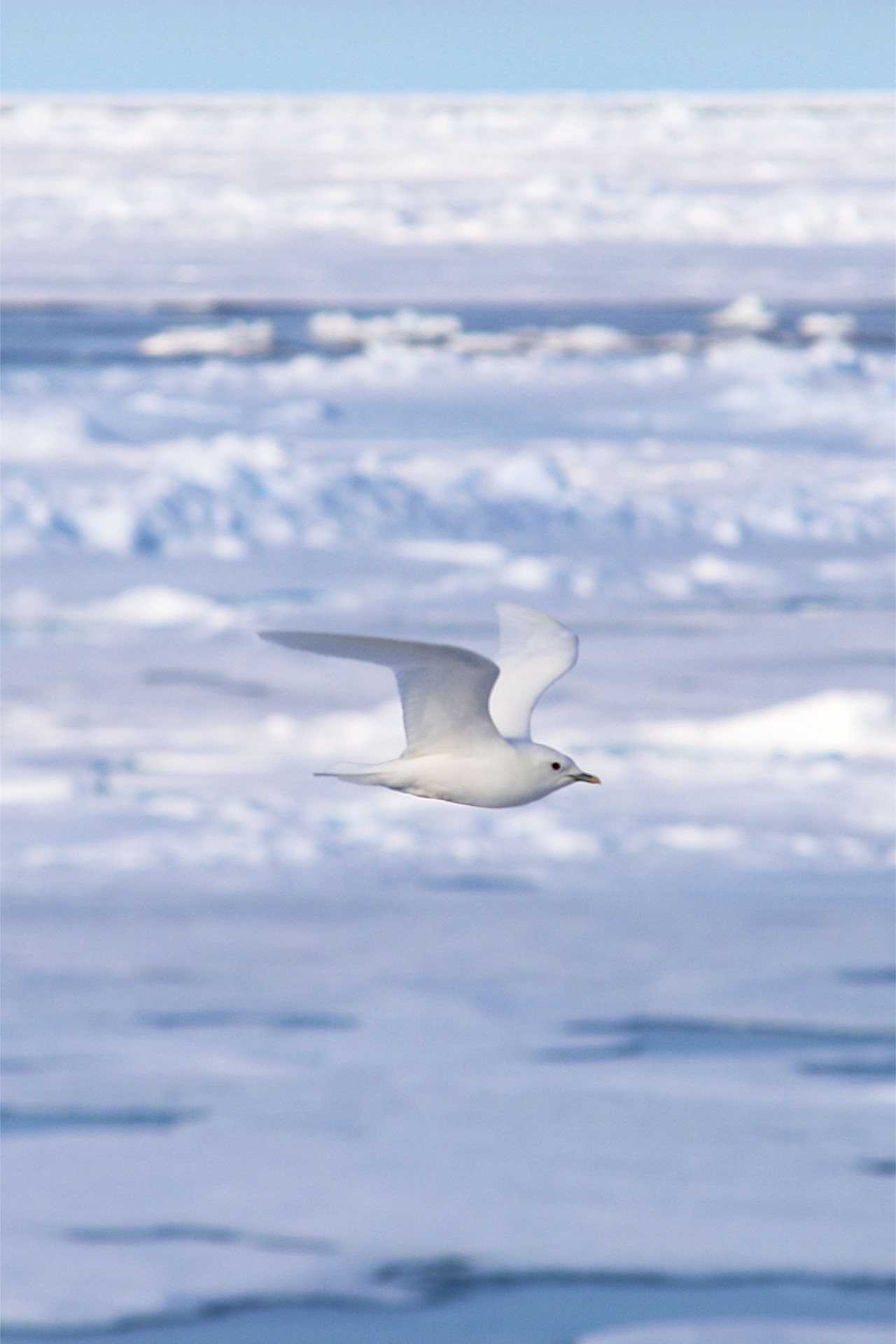
In January of 2018, an Ivory Gull caused quite a stir when it was observed in the parking lot of the Lake County Fairgrounds, near Chicago.
Bird watcher Amar Ayyash was in the parking lot looking at other gulls when an Ivory Gull landed right next to his car. He was able to take a picture, officially documenting what turned out to be the fourth confirmed sighting of an Ivory Gull in the State of Illinois.
Interested to see where else the Ivory Gull has been observed? Allaboutbirds.org maintains a handy map recording sightings.
Did you know about the Ivory Gull before reading this article? What is the rarest bird you have ever seen? Would you spend time and money for a chance to observe a rare animal? Let us know in the comments, below.


I saw an ivory gull in June 2022 when on a Hurtigruten expedition cruise in Svalbard. We were cruising round floating ice in the zodiacs when one of the birdwatchers spotted it. We watched it for a few minutes before it flew away. I didn’t manage to photograph it but I can still see it in my mind’s eye – a rare beauty!
I saw an Ivory Gull in Patrington Haven, Yorkshire, England on the banks of the River Humber. This was around 2012(? I don’thave my birding records available). The bird had black spots on its wings, first winter plumage.
I am lucky enough to have seen 3 in the UK: Suffolk in 1999, Blackrock Sands in North Wales in 2002 (feeding on the blubber of a dead porpoise and totally oblivious to us only feet away) and the Pattrington Haven bird in 2013.
I saw one in Scotland; on the Isle of Skye in1976. It was with a large group of other gulls on a remote shoreline and stood slightly apart from the others. It looked like a white dove beside the others but closer inspection showed that it was indeed an ivory gull.